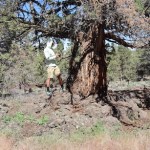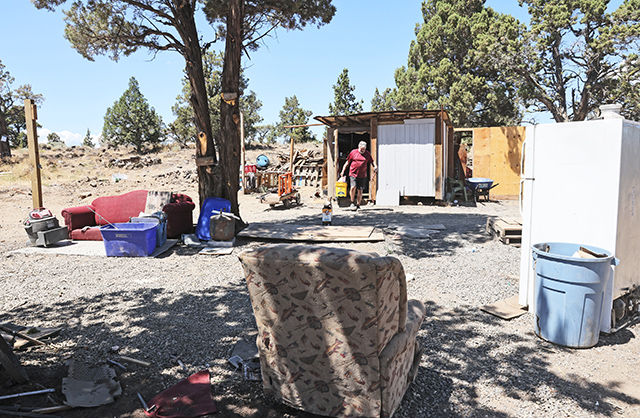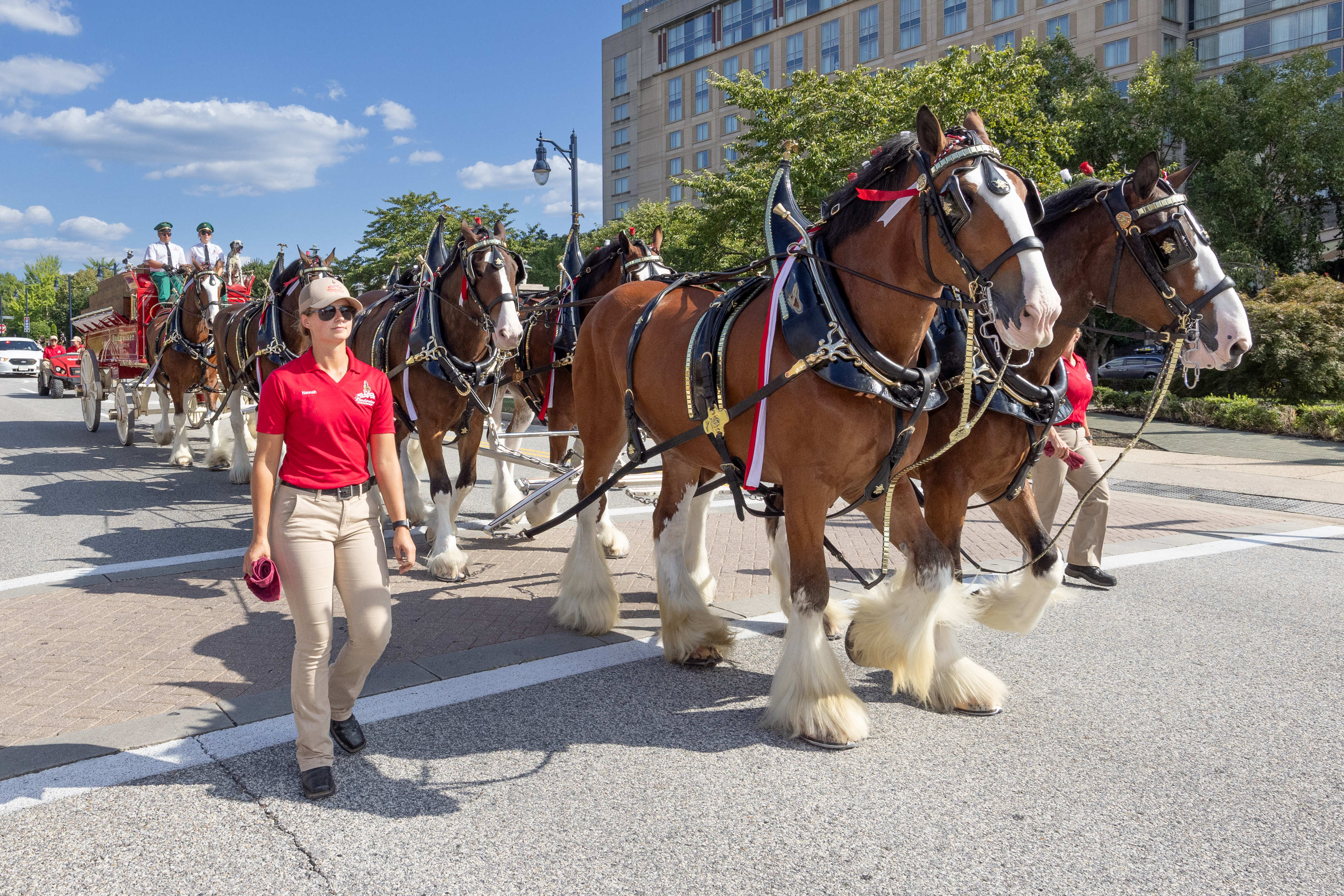Volunteers start to inventory North Dry Canyon’s trees
Published 9:18 am Tuesday, July 1, 2025


Dry Canyon Park has plenty of amenities — from children’s playgrounds to off-leash dog parks, and from frisbee golf holes to sandy bocce courts. There’s even an amphitheater for concertgoers and heavy construction underway to create more parking at the “Spud Bowl” field.
But the north end of the sprawling park — miles away from many of those improvements — is home to little more than a walking path.
It’s a place where foxes and rockchucks make their homes, as do numerous juniper trees older than the city itself.
For now, it’s also home to the city’s current wastewater treatment facility, though construction on a new, larger facility is in the plans for north of city limits. At its June 10 meeting, Redmond city councilors approved a $81 million state water fund loan agreement, which will be used to design and build the new plant.
Trending
A group of volunteers, called the Friends of the North Dry Canyon Natural Area, is working to prepare the north end of the park for possible future changes, both at the wastewater facility and from pressures from an increasing number of park visitors.
“We’re seeing an increase in use and increase in the severity of that use,” said Lance Wright, a founding member of the friends group, who worries especially about the increasing power and number of e-bikes used in the park.
The first step is getting an inventory of the plants that call the park home, especially the juniper trees that now dominate the landscape. Wright and other volunteers are meticulously geotagging — and describing — each and every tree.

Lance Wright of the Friends of the North Dry Canyon Natural Area measures a juniper tree that likely dates back hundreds of years before European settlement of Central Oregon. The trees that grew off rocks survived fires better than their counterparts, and often lived longer. (Tim Trainor/Spokesman)
Avery McChristian, Redmond’s city arborist, is helping organize the volunteers and document their efforts.
McChristian said that their first goal is to document any trees that were on the landscape prior to European settlement — roughly 130 years ago.
“Those trees grew in a natural fire zone,” said McChristian. “Because of that, they’re spaced apart. If you saw only those trees (that existed prior to settlement) — you’d probably see only 4-10 of those an acre.”
Trending
On the north end of the park, especially on the rocky landscapes that evaded cattle and fire, there are a number of junipers that hit the mark. Those are the mature, emblematic junipers that are visually striking, make good habitat, and would not contribute to what could be a devastating megafire that could destroy homes and put human life in danger.
McChristian noted that the tree inventory is a new, pilot project for the city. Once the bugs are ironed out, he expects the city to do its own outreach. He said they are just now beginning to gather data, consult local experts, and reach out to community partners to gather “the information needed to make a good plan.”
McChristian noted that the park has many users who have different — and sometimes competing — desires for how the lands are used. He said the city is “working diligently to develop a thoughtful and cohesive strategy for managing the natural resources, habitat, fire fuels and recreation needs in the Dry Canyon.”
He said the city will have many opportunities for public input and there are not likely to be any immediate changes. But good data helps make good decisions, he said. And additional volunteers are welcome to help collect information about the park’s current inhabitants.
To get involved in the data collection, reach out to the Friends of the North Dry Canyon Natural Area on Facebook or visit www.redmondoregon.gov/natural-resources.

Volunteers collect data and use GPS to log the exact location and data on trees. (Tim Trainor/Spokesman)











